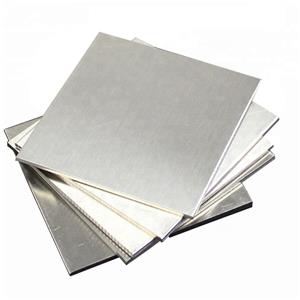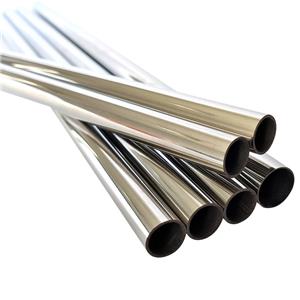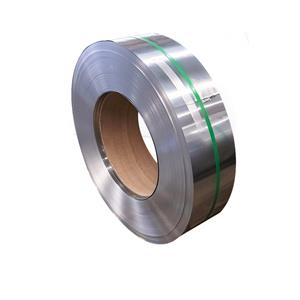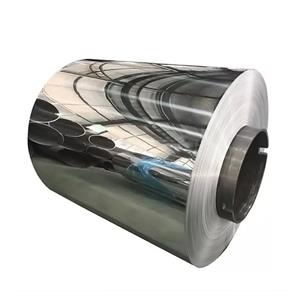What is Rebar?
Rebar is hot rolled ordinary steel used as part of the construction business, especially for concrete supports. Reinforcing bars are most often used as tensioning devices to strengthen concrete and other craft structures to keep the concrete in a compacted state. Used as a tensioning device in reinforced concrete and reinforced masonry structures to strengthen and assist concrete in tension.
5 typess of steel bars:
Hot rolled deformed bar.
Cold rolled steel bars.
Low carbon steel rods.
Twisted rebar.
Welded steel wire.
Reinforced steel products are designed to support concrete and masonry structures while preventing cracking of floors, walls and concrete columns. Reinforced structural support rods help extend product life in industries around the world. Reinforcement product advantages include:
increase tensile strength;
Improve concrete elasticity;
enhanced support.
Rebar products are available in a variety of sizes to meet your immediate application needs. Rebar applications include:
specific;
Masonry structure;
metal crafts;
Decorative Arts.
Types of Rebar:
Rebar is usually made of steel because steel and concrete bond well together and both have the same properties in terms of thermal expansion. Rebar can be made of carbon steel, stainless steel, galvanized steel, fiberglass clad steel, epoxy coated steel, or other materials depending on the needs of the structure or project.
The two most common types of rebar are circular rebar and deformed rebar.
Round rebar are also known as plain bars (PRBs).
They are straight, solid metal rods with flat circular cross-sections. They are not bent or deformed and have a smooth surface. Circular reinforcement is often used to create ligatures or apply reinforcement dowels to structures or projects, as well as to reinforce other reinforcement and to separate meshes in concrete. Deformed bars or deformed rebars come in different shapes. It can take the form of a helical rod or corrugated steel. The deformations referred to are the ridges, dimples or protrusions they have. These ridges, or indentations, allow the concrete to grip the rebar more effectively, making it less likely that the rebar will slip once it's set in the concrete.




